During lockdown, I’ve taken to revisiting some of my all-time favourite childhood films, and while it has been immensely enjoyable and nostalgic, it has also been very eye opening. In some films certain scenes were problematic to say the least. While a younger version of myself would have glossed over these scenes, I found my childhood memories clashing with the beliefs that I now stand by.
One of those films was ‘Angus, Thongs and Perfect Snogging’ (2008) which follows the everyday life and teenage struggles of 14-year-old Georgia. She is the archetypal teenage girl in our contemporary society, increasingly preoccupied with her physical appearance; how it compares with others and what other people think of her. The behaviour of the girls in the film highlights the impact that visual media has on all of us, and in particular impressionable children. By presenting ideals like ‘the perfect female body’, it encourages insecurity in anyone who deviates from this as well as promoting both sexist and racist states of mind, as I shall explain later on.
At the beginning of the film Georgia despairs over the size of her nose, claiming that it is the “size of Jupiter” and that she needs “to go into an ugly home”. Her nose becomes even more of a concern during a sleepover she has with her three friends where they take turns rating each other’s features in a “Physical Attractiveness Test”, and needless to say her friends do not judge her appearance kindly. Even though I’ve watched this movie many times before and knew it was coming, this time round the scene struck differently. I was both alarmed and saddened by the fact that these girls firstly placed so much importance on their physical appearance, and more importantly, viewed looks as something that could be rated on a scale. To them beauty was an objective principle that could be quantified and qualified by visual media rather than their own individual perspectives.
The ‘ideal girl’ takes the form of ‘Slaggy Lindsey’ who has the “cover girl look that boys die for”; she’s tall, blonde, skinny but also curvy. But like every typical beautiful antagonist in films targeted at women, what she had in physical appearance, she lacked in personality. She was portrayed as cruel and manipulative, and seemingly deserving of the derogatory title ‘slag’. As a society we advocate and celebrate the feminine beauty she possesses and yet simultaneously condemn her for having a sexuality. We expect women to strive to be sexually appealing but criticise them as soon as they take advantage of this trait granted by society’s beauty standards. While I, as a 7-year-old, was by no means a fan of Lindsey, looking back now I can’t help but feel frustrated and angered on her behalf. I practically hid behind a pillow in one of the final scenes where another girl removed her breast fillers in front of all her school peers. Her attempt to make herself more appealing became a source of ridicule. Essentially all she was doing was trying to conform to the beauty standards enforced on her, but instead of the external forces of visual media being condemned, it is Lindsey alone that faces criticism. Despite being in a monogamous relationship for the majority of the film, she is still slut-shamed for no other reason than being ‘ideally beautiful’.
Another thing to note about ‘Slaggy Lindsey’: she is white. This film highlights that not only is ‘female ideal beauty’ presented by the British media as unrealistic and alienating, but it is biased in favour of white women. White women dominate the model and fashion industry, a prime example being New York’s most recent Fashion Week where 82.7% of the models were white. In the Western World features considered the most beautiful are undoubtedly Anglo-Saxon, and in order for women of colour to be seen as beautiful they are expected to have traditionally white features.
Racism is integral to ‘ideal beauty’ in Britain, as highlighted in a scene with Georgia and her friend Ellen, who is South Asian, and the only non-white main character. The scene shows Georgia and Ellen once again fretting over their physical appearances while getting ready for a party. Ellen despairs over her facial hair, telling Georgia “you’re so lucky you don’t have dark hair like me” to which she simply replies “I know”. Every woman has hair, and it certainly isn’t found exclusively on top of her head. Women are held to unrealistic and unnatural beauty standards. This leaves girls like Ellen thinking that there is something wrong with their body because it is nothing like the hairless model plastered across TV screens and magazines.
It seems that women having body hair is unacceptable. This means it is harder for women with darker hair, which is more noticeable than lighter hair, to be considered attractive. Therefore, for women of colour with darker hair, it is more difficult for them to conform to western beauty standards. To be beautiful in Britain is to be white. That is the toxic message we are sending to girls across the UK, a problematic feature of the film that passed straight by me as a child. Idealised female beauty in the UK is not only detrimental to mental health and female empowerment, it is racist.
This film is just one of many examples of how popular film and TV shapes the views of children from a young age. They are exposed to the expectations of society through even the most light-hearted comedies. I realise analysing a children’s film through a socio-political lens may seem overly critical, but it is necessary as films such as this fuel unconscious bias. As we spend an increasing amount of time on our screens, what we are exposed to on them becomes increasingly influential, especially for children who are particularly vulnerable to picking up biases and prejudices. According to a report in 2015, children from 6 to 15 years of age spent an average of 6 ½ hours in front of a screen, seeing an increase of 3 ½ hours from 20 years earlier in 1995. Since then, this figure will have only increased, proving that now more than ever the message everyday TV and popular films send becomes more and more important in the fight for a more inclusive and accepting society.
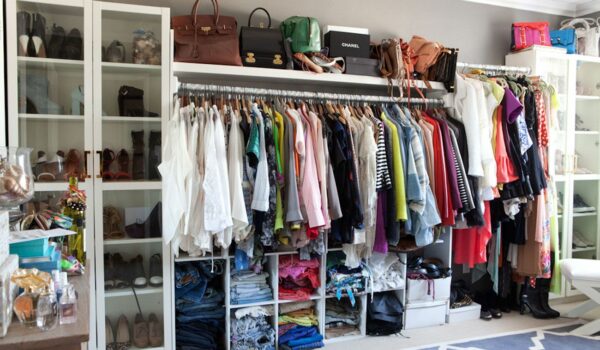
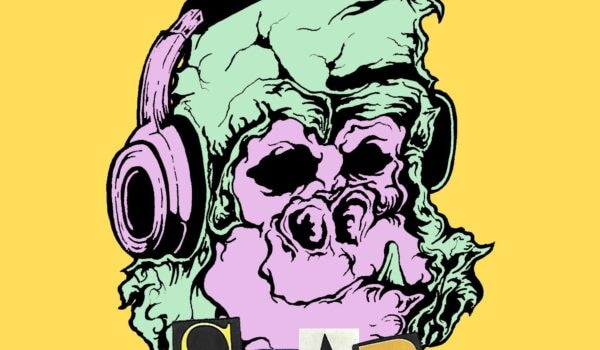
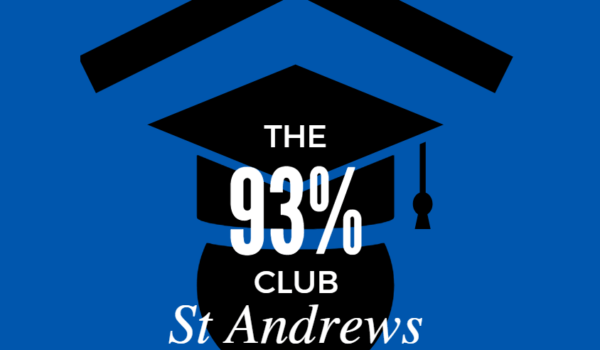

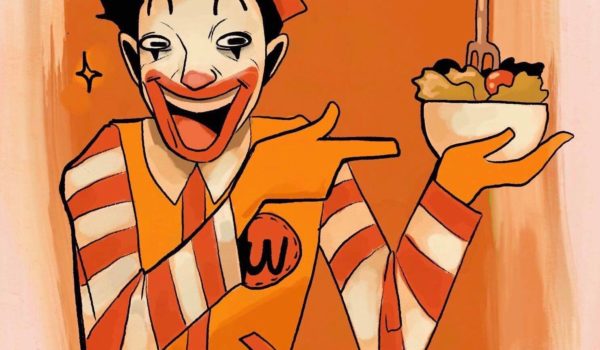

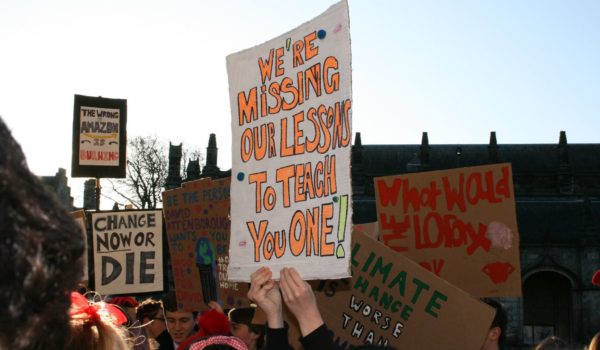

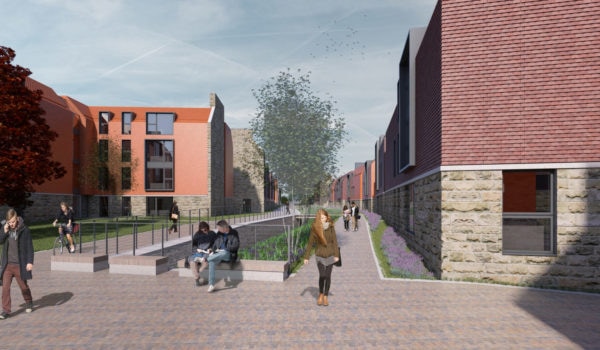
Comments